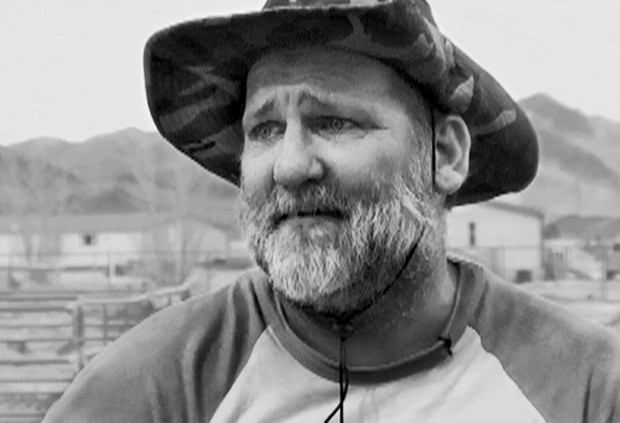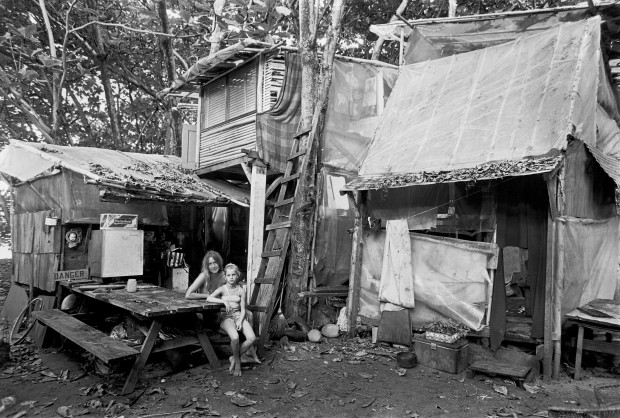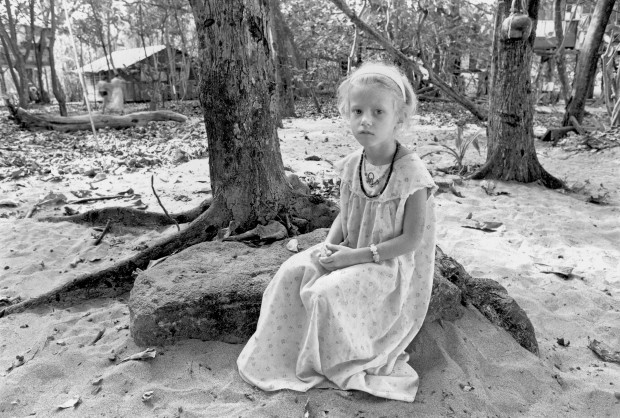It is with sadness that we realize how history is easily forgotten in the United States. Just ask anyone under 30 years old who Jimmy Carter was, and you may get answers ranging from rock to movie star, but most
It is with sadness that we realize how history is easily forgotten in the United States. Just ask anyone under 30 years old who Jimmy Carter was, and you may get answers ranging from rock to movie star, but most likely people will be asking, “Who cares?” This is why we cheer when we come across such a gripping and telltale movie as “Taylor Camp.”
The documentary tells us the story of a free-spirited community that set camp — and houses — in Ha‘ena Beach Park from 1969 to 1977. Howard Taylor, Elizabeth’s less famous sibling, owned the property then, but his plans to build his dream house were shut down upon being notified that the state had its own plans for the land, a park that has never been built.
Taylor, in an act of defiance or humanity, invited a group of 13 Mainlanders who had been jailed for vagrancy to set up tents on his property. Soon the population grew and they started building intricate tree houses, and the property even had running water and a septic system.
The rest is history, but one that has passed from a coconut tree to the next, until director Rob Stone and producer John Wehrheim decided it was time to tell the story on film, from the perspective of those who experienced Taylor Camp during those years.
“Taylor Camp” had already been shown on Kaua‘i in a few screenings. The last one was in the spring of 2009, but Wehrheim said the movie was not finished then.
“This is the final editing as a result of almost two years of testing and additional shooting,” said Wehrheim, adding that after the last screening many people came forward with new material, such as historic photos and footage.
As a result, Wehrheim said the new “Taylor Camp” is a much different film. Some of the music was changed, the length was shortened by nine minutes, but a lot more footage and interviews were added.
“It’s got a lot more of a local angle,” he said.
“All of the interviews that were added were of local people born and raised here on Kaua‘i, with the exception of Georgia Mossman,” Wehrheim said. Mossman was a staff reporter at The Garden Island back then.
“Taylor Camp” opens with ubiquitous images of 1960s Americana. The U.S. role in the Vietnam War was being questioned by the youth. Destruction and loss of life to defend an ideology that has enriched developed countries and impoverished Third-World nations was for the first time put on trial by the very people benefiting from it.
The hippy movement was on, defining a whole era. Thousands shouted peace slogans and got occasionally beat up by the police, others got arrested, some wrote songs that became mega hits, and millions worldwide took the movement as a fashion style, wearing colorful and rebellious clothing, and sometimes no clothes at all.
But a few made it to a lush island in the middle of the Pacific Ocean and walked the talk, living off the land, with little or no money. This was Kaua‘i’s Taylor Camp.
“Taylor Camp” starts off a little confusing. Off-screen narrators take turns while powerful images of war and protest fill the screen. But it takes only a few moments to realize that those speaking once lived in Taylor Camp. The tactic works, it keeps it interesting.
Soon we are greeted with faces, some still familiar in the North Shore community’s fabric. No one takes the lead and streamlines the story. Instead, the interviewees build the story themselves, with some brilliant vintage photographs in between.
The editing is efficient and dynamic, but again there is some fuzziness. After about 10-plus minutes of footage and recounts, the movie swings back to how it all started, before Taylor took the original 13 vagrants straight out of jail to his property. It takes a few moments to realize the documentary is now following a steady timeline.
Besides the interviews and the priceless photographs, the movie includes some breathtaking aerial photography, vintage footage, and a re-enacting of Bobo Hawk’s famous Na Pali Coast swims.
The former Taylor Camp resident Bobo, a ubiquitous and charming North Shore face, even has a surf break named after her. In a clever and heartwarming move, the filmmakers decided to use Bobo’s own granddaughter in the re-enactment.
There’s no judgment passed on free-spirited living in “Taylor Camp,” only diverse opinions from different people who experienced it firsthand. Filmmakers sought those who lived inside the camp and those who followed it from the outside.
It was interesting to hear favorable accounts from outsiders, and criticism from some insiders. Even more interesting was to find out that after such a controversial time, the vast majority of those involved in Taylor Camp have mostly fond memories of it.
Filmmakers crafted a high-quality documentary, with amazing footage and spirited interviews, some with a dash of humor. “Taylor Camp” is never boring. It actually brings some sadness at the end of the movie, knowing how it ended, and that it ended.
The story of Taylor Camp won’t be told in history books, but it is history. The movie reminds us how Kaua‘i, less than 35 years ago, was a place that could be easily forgotten because of ever-growing traffic lights, mega stores, fancy hotels, well-paved roads and real estate speculation.
“Taylor Camp” will be shown Feb. 5 at KCC Performing Arts Center at 7 and 9 p.m.; Feb. 6 at Princeville Clubhouse at 7 and 9 p.m.; and Feb. 13 at the Waimea Theater at 6 and 8 p.m. Tickets are $12 at the door. Seniors and students are $10.
Wehrheim also crafted a high-end book about Taylor Camp, which is available at Borders, Hanalei Surf Co. and Hanalei Backdoor. Wehrheim will be signing his book at Borders on Feb. 13 at 2 p.m.
• To get a Taylor Camp DVD call JohnWehrheim at 245-8606 or e-mail jwehrheim@pacific-hydro.org.




